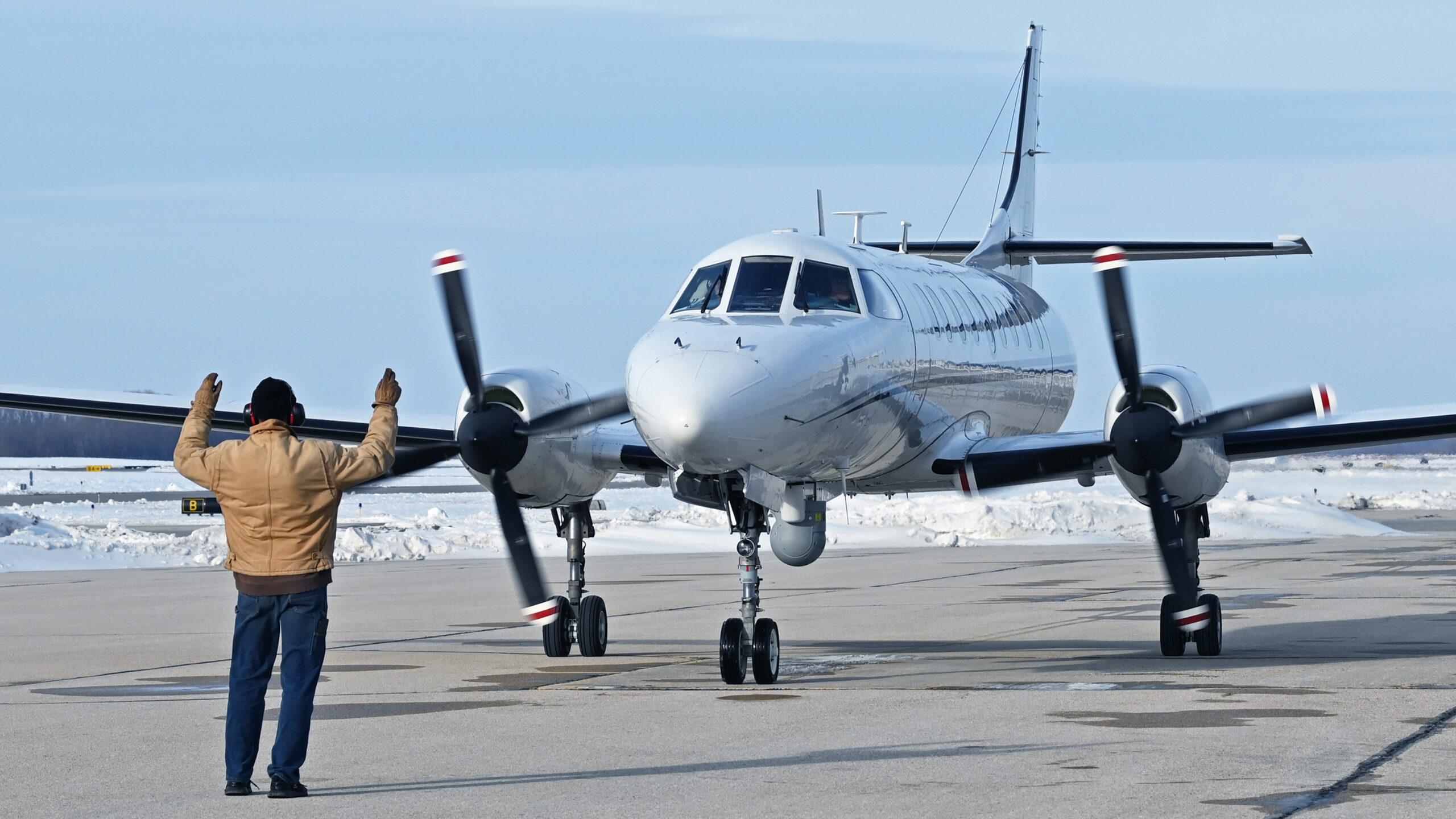The U.S. Air Force has retired one of its least-known assets, the RC-26B Condor surveillance aircraft. While the twin turboprop could hardly look more unobtrusive, it actually led a quite remarkable career, emerging from the shadowy war on drugs and becoming a highly versatile asset for a wide range of missions. It was, in many ways, ‘the little spy plane that could.’
The Pentagon released imagery yesterday showing the final flight of the last RC-26B at Truax Field Air National Guard Base, co-located with Dane County Regional Airport in Madison, Wisconsin. Here, the resident 115th Fighter Wing (FW) — better known as an F-16 fighter jet operator — completed operations with the RC-26B on December 28. The surveillance aircraft had been present at Truax since January 1992.
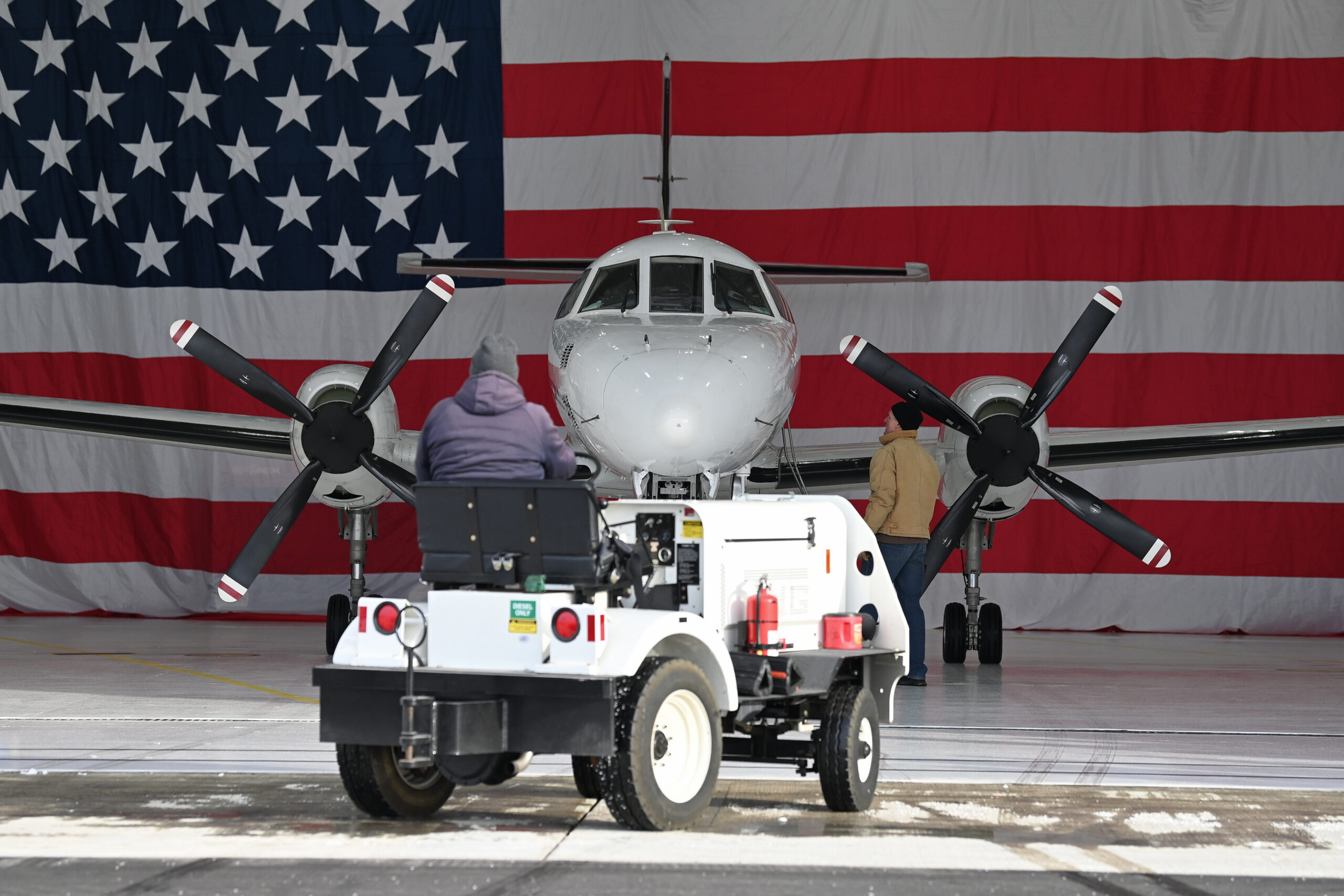
Most recently, the RC-26B had been primarily supporting counter-drug operations out of Truax, with a group of seven 115th FW pilots and two Military Information Support Operators (MISOs) assigned to the mission. As well as working with state and federal authorities to combat narcotics, the team was also available to fly counter-insurgency and homeland security missions.
However, the Air Force decided to retire all 11 of the RC-26Bs across its fleet as a cost-saving measure, replacing the piloted reconnaissance assets with drones, some of which are increasingly being freed up from overseas combat missions. In this way, the Air Force argued that there will be no capability gap, although that remains to be seen.
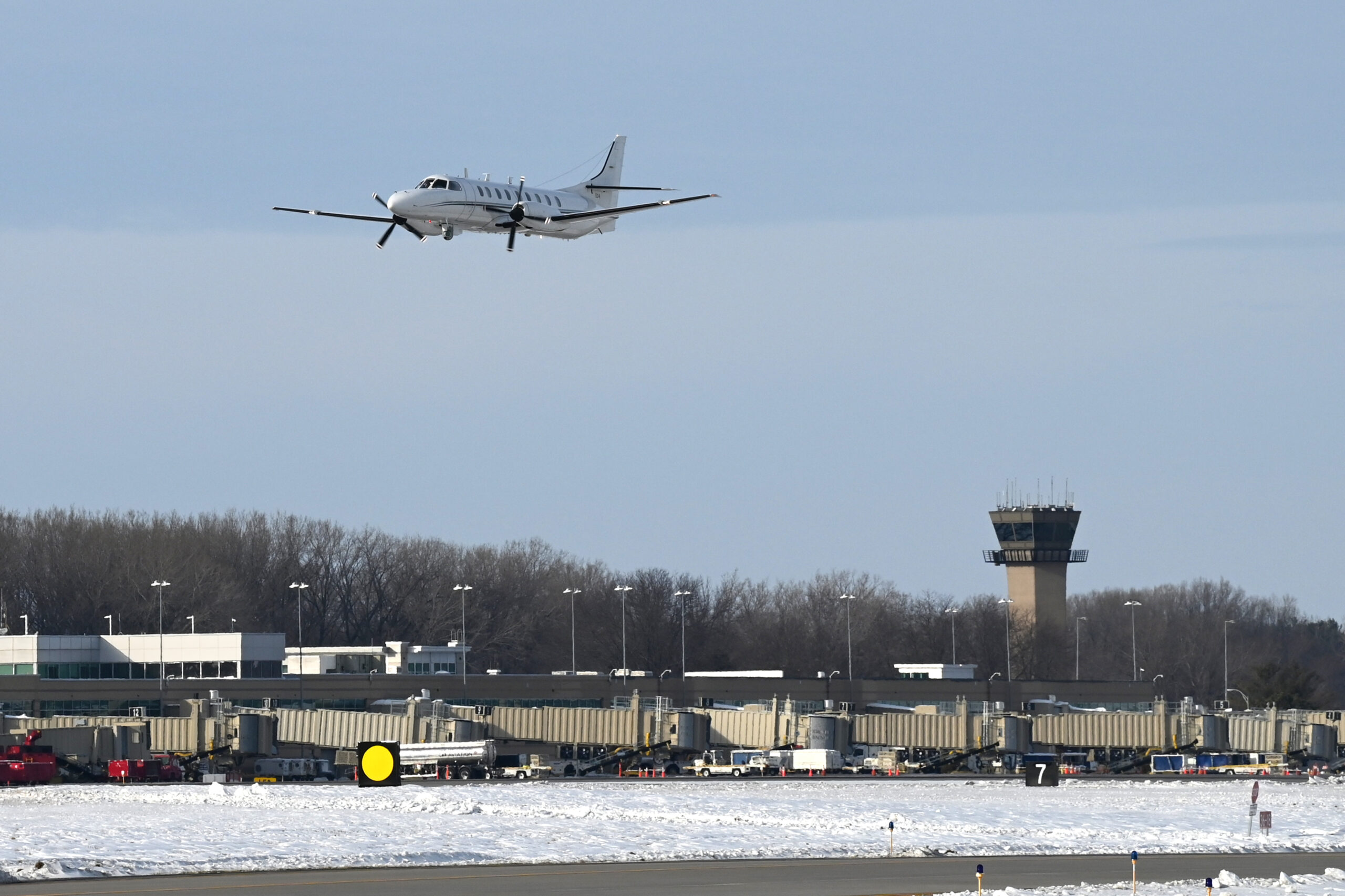
“The hours and the expertise of all of the aircrew is just surreal,” reflected Lt. Col. Benjamin West, Wisconsin RC-26 Program Manager, in an official release marking the aircraft’s retirement. “Officers, civilians, suspects, families and regular citizens who have no idea that the reason that they are alive is because those guys were experts at their jobs, helped chase down and arrest drug dealers, in ways that could not have been done in any other platform.”
“Having spent a large time of my policing career in narcotics work, I can tell you that this mission saves people’s lives,” added U.S. Army Col. Paul Felician, director of the Wisconsin National Guard’s Counterdrug Program. “The stuff that this aircraft enabled law enforcement to do took more drugs off the street and kept people safe from having to go into the direct risk of harm — it’s a sad day to see it go away.”
In its domestic mission as part of the National Guard’s Counter-drug Program, the RC-26B was a surveillance asset, using its onboard sensors to identify and track suspects, for example. Suspicious activities observed by the aircraft’s crew would be provided to law enforcement authorities. In this way, there was a significant reduction in the kinds of high-speed pursuits that can be notably hazardous for law enforcement personnel, and civilians.
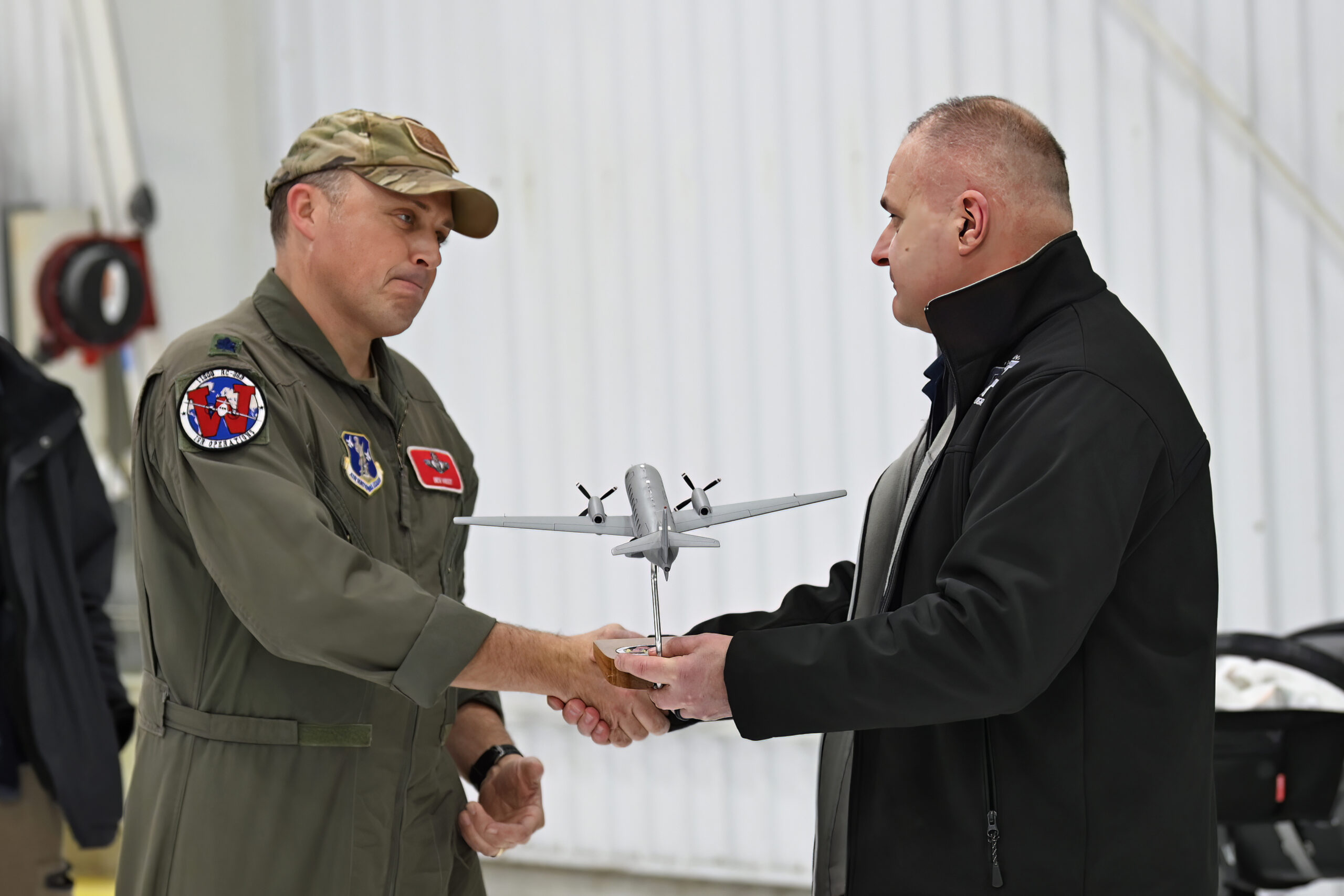
On a more covert level, intelligence harvested by the RC-26B also proved critical for law enforcement agencies, who used it as evidence to disrupt or even take down specific drug-trafficking groups.
The ‘eye in the sky’ capabilities of the RC-26B also made it well suited to other missions, outside of counter-narcotics work, notably in helping coordinate responses to natural disasters.
“On the counter-drug side, we have helped law enforcement follow individuals,” explained Lt. Col. Adam Kinzinger, an RC-26 pilot for over 15 years. “In a post-hurricane situation, after Hurricane Katrina or in Puerto Rico, you can go up and we can downlink that video to people on the ground so they can see from the air what’s been damaged, who needs rescuing, and they can coordinate from there.”
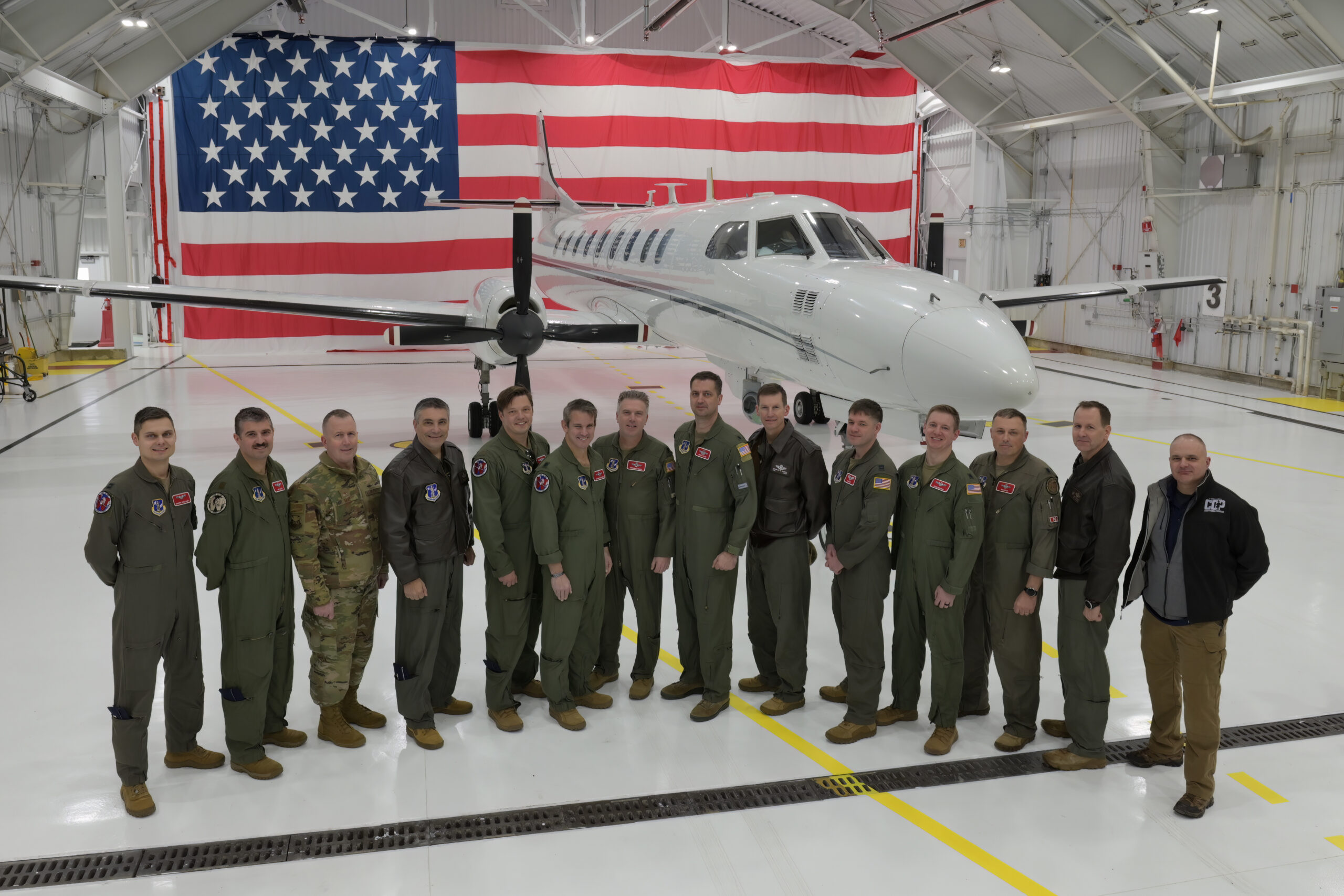
The RC-26B’s involvement in the aftermath of Hurricane Harvey, which resulted in catastrophic flooding and more than 100 deaths when it made landfall in Texas and Louisiana in August 2017, is something that The War Zone looked at in detail at the time.
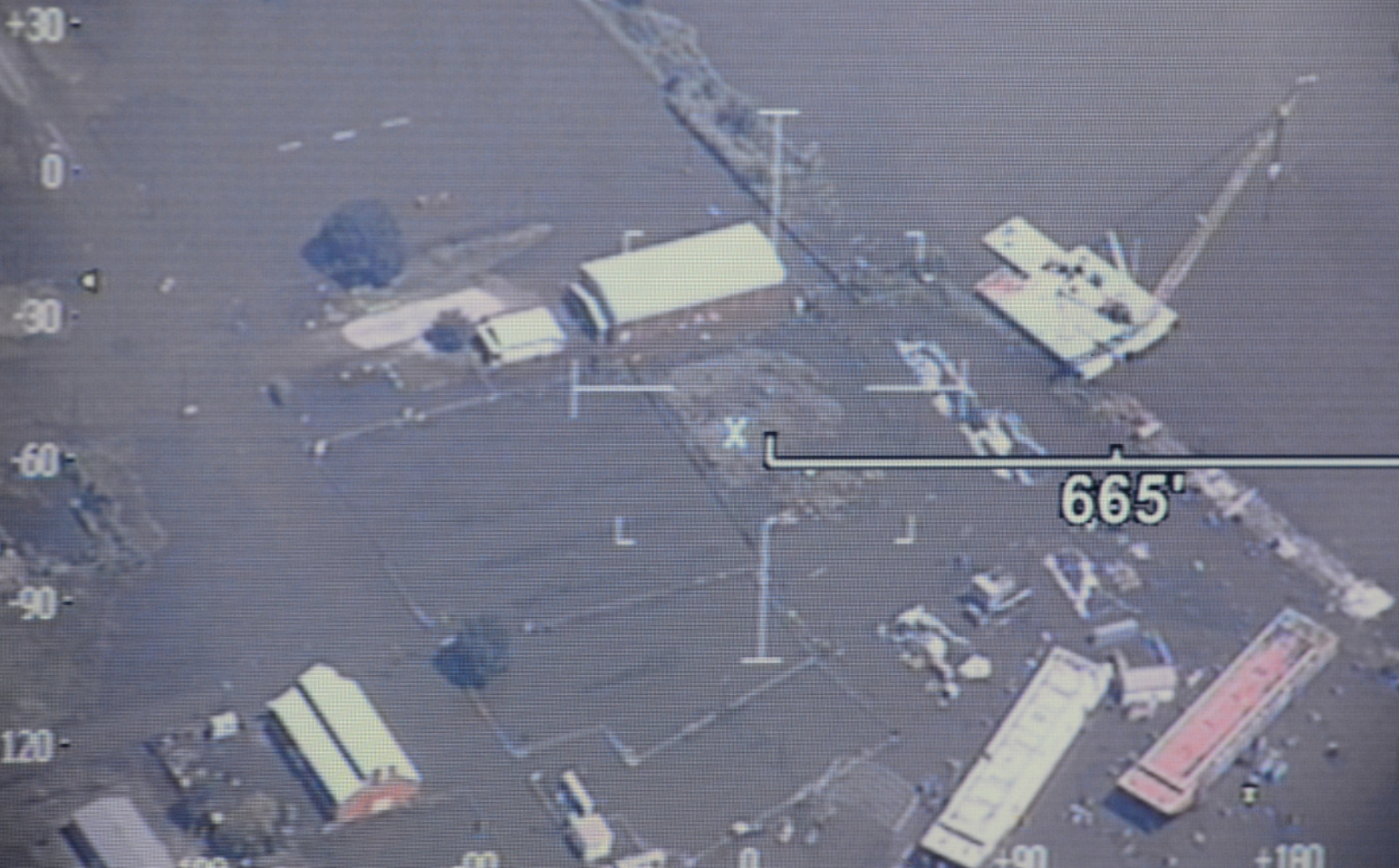
Hurricane Harvey was just one of many domestic contingencies in which RC-26Bs assisted. The type was used to assess and monitor damage after Hurricane Katrina hit Louisiana in 2005, for surveillance of the 2007 wildfire season in California. These aircraft were active over the Midwest during the flooding in 2008, and also helped respond to the Deepwater Horizon oil rig explosion in 2010, to name just a few.
More controversial was the employment of the RC-26B to monitor protests, including those sparked by the police killing of George Floyd in Minneapolis, Minnesota, in 2020. The aircraft were noted in the skies over Washington, D.C., as well as in Arizona, California, and Minnesota during these protests, raising concerns that they had been used to gather personal information on civilians. While the Air Force determined that not to be the case, it was revealed that the National Guard Bureau had improperly approved these flights.
The RC-26B began life in 1989, in response to requests from Air National Guard units in Texas and California for a counter-drug surveillance aircraft. The Air National Guard then began converting existing C-26B aircraft — military versions of the Fairchild Swearingen SA-227 Metroliner — which had until then been used for administrative and logistics roles. To support the conversion program, the Air National Guard acquired a single Metroliner as a testbed, operated under the designation UC-26C.

The program soon ran into trouble, however, after U.S. military auditors determined that the Air National Guard had begun acquiring aircraft without a proper analysis of current assets or potential cheaper alternatives. Further purchases and conversions were put on hold until the National Guard could adequately respond to those allegations.
Ultimately, the National Guard formulated something of a workaround, with official ownership of the aircraft now being the responsibility of Air Cerberus, which put them on the U.S. civilian aircraft register. At this time, the aircraft were referred to as C-26B (Counter-Drug) or C-26B(CD). There were lingering suspicions, however, that Air Cerberus was some kind of ‘front’ organization run by the National Guard.
In 2005, the aircraft received the formal U.S. military designation RC-26B and they eventually returned to full military ownership, although contractors remained involved in maintenance.
Normally, an RC-26 would be operated by a crew of three — pilot, copilot, and sensor operator — supported by a ground component, drawn from an Air National Guard intelligence squadron. For counter-narcotics work, an agent or police officer also was often onboard the aircraft.
The aircraft carried different sensor ‘fits’ during their careers, including a large sensor pod below the fuselage containing a radar imaging sensor. This provided a synthetic aperture imaging capability, to capture still images, day or night, and in most weather conditions.
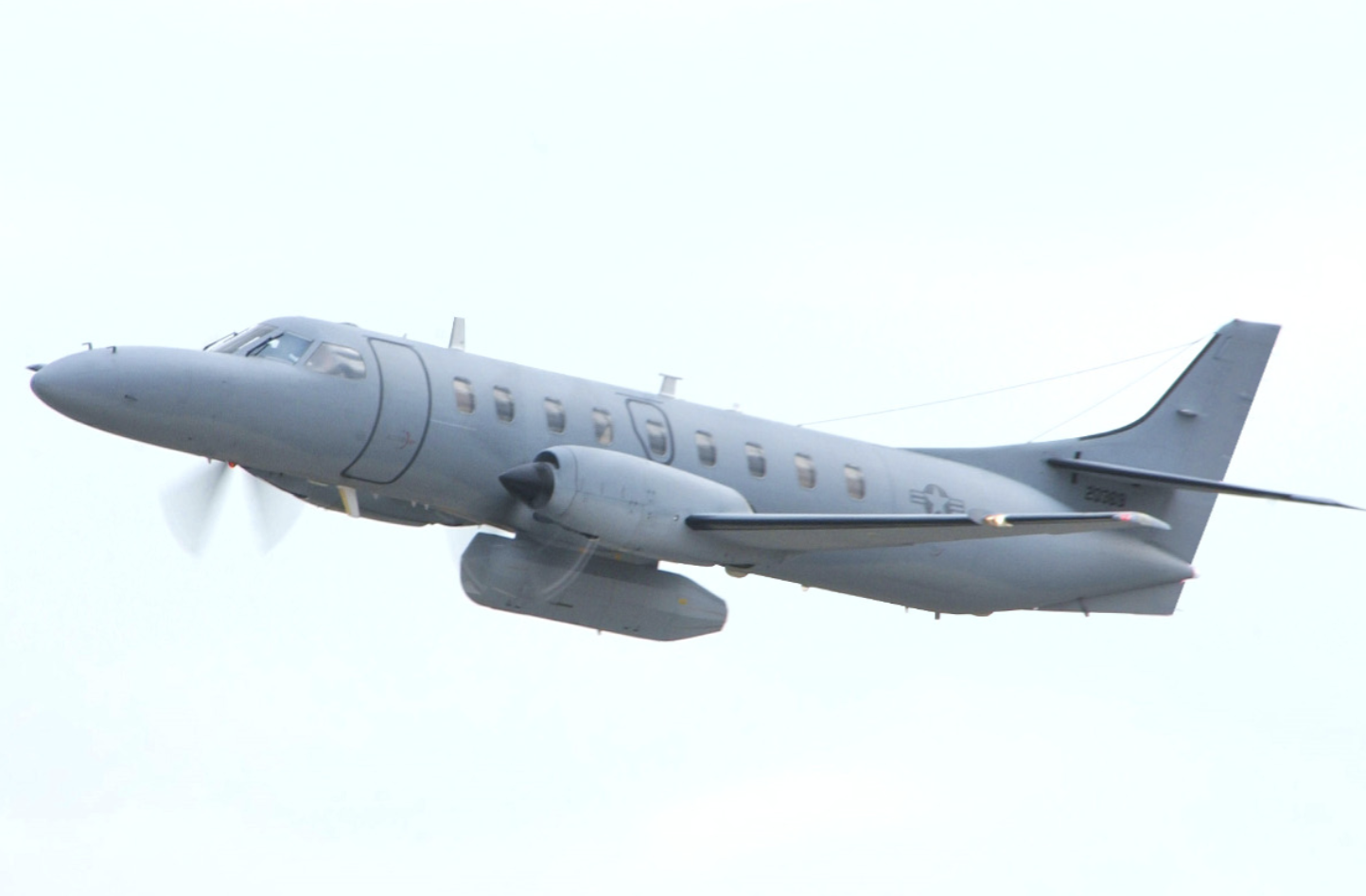
The fleet was also split into discrete Block 20 and 25R configurations.
The Block 20s had a sensor turret with both color electro-optical and infrared cameras. Full-motion video could be transmitted to personnel on the ground in near real-time via either the U.S. military’s Remotely Operated Video Enhanced Receiver (ROVER) system or the RC-26’s own Dragoon datalink.
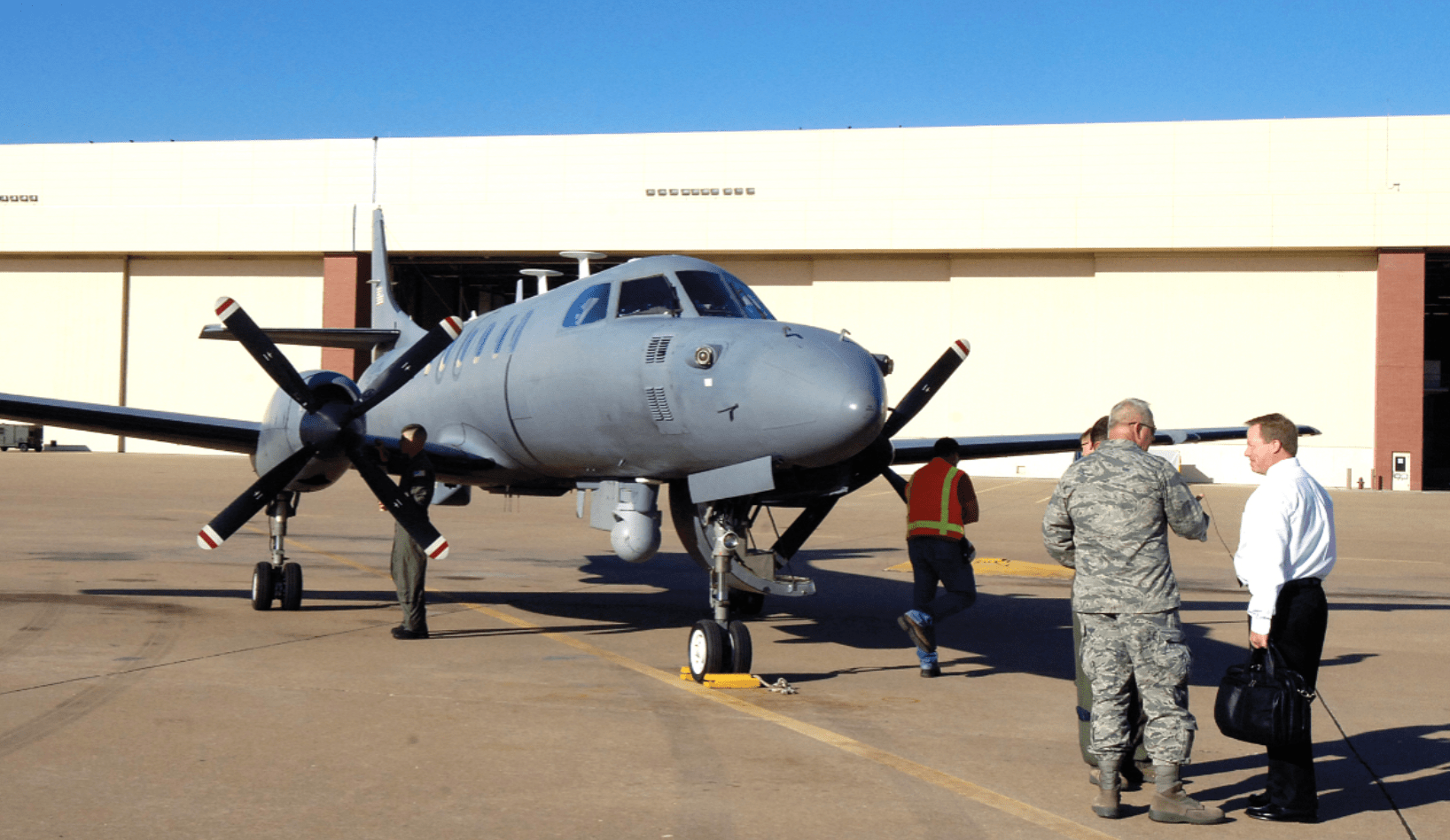
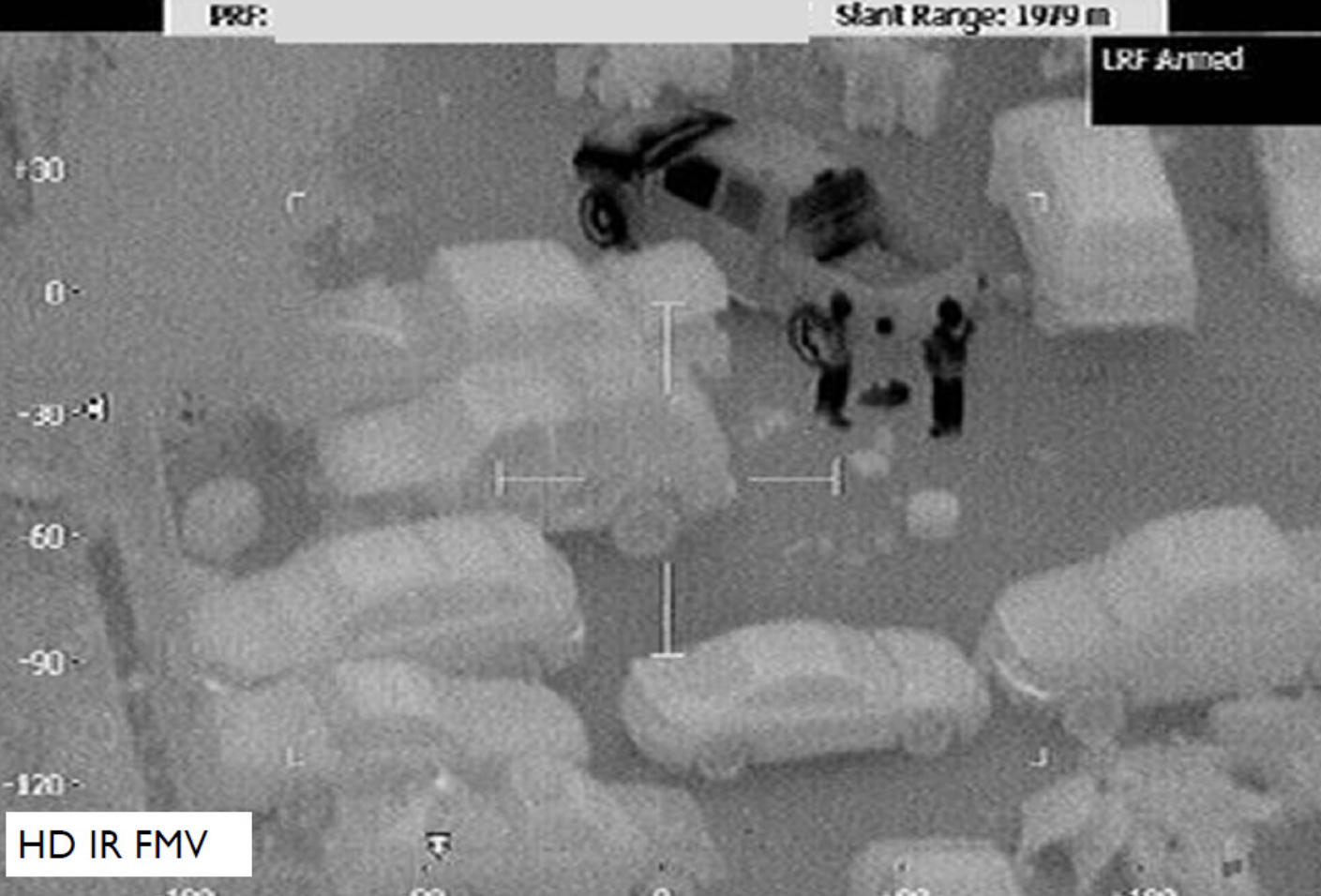
Meanwhile, Block 25R aircraft were additionally equipped with signals intelligence (SIGINT) gear to locate and listen in on enemy communications, opening up the potential for overseas missions. In this form, the RC-26B also flew missions tracking terrorists in Iraq and Afghanistan, logging an impressive number of flight hours in the process, although they remained generally unsung.
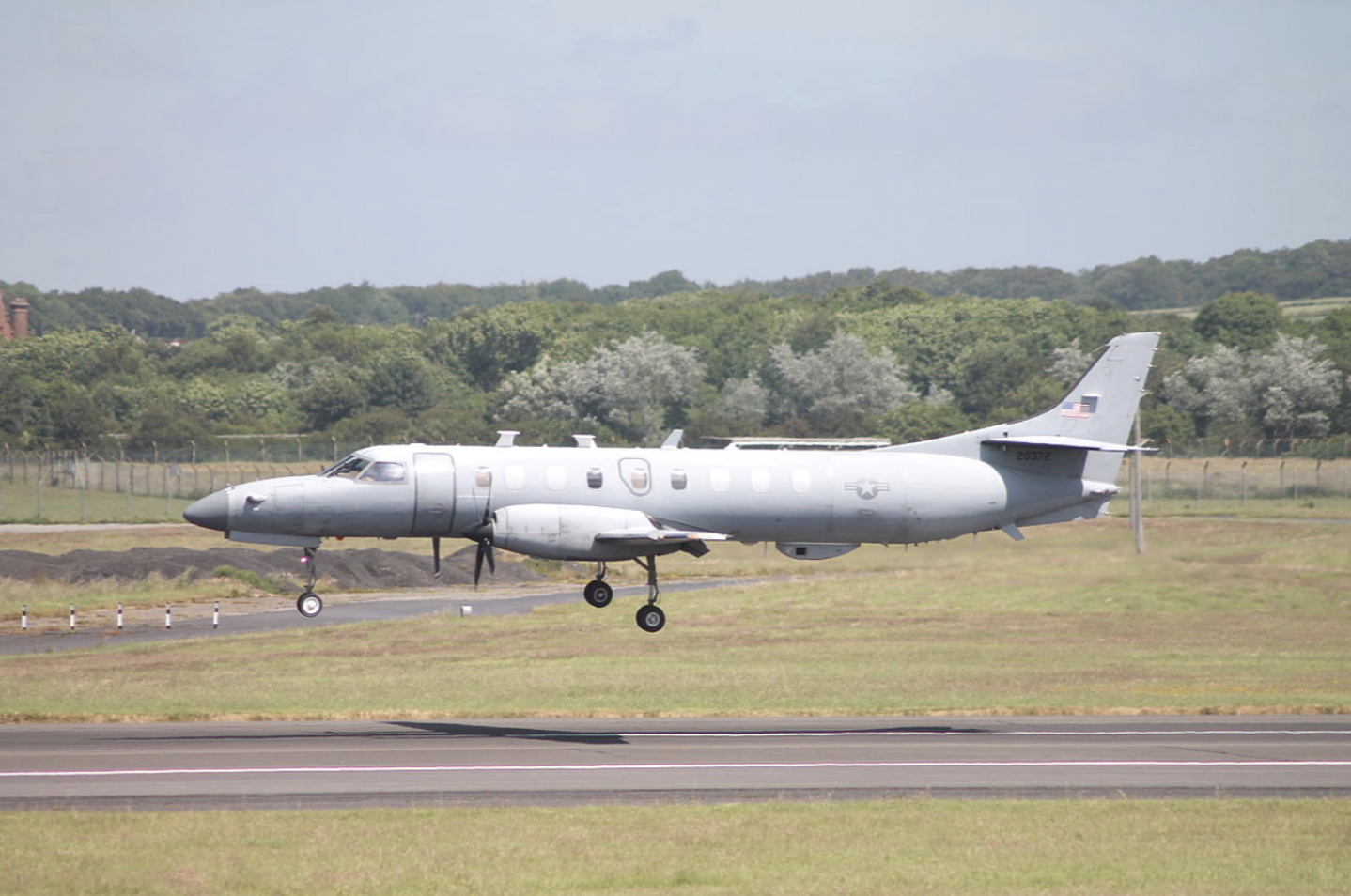
Latterly, the Air National Guard moved to modify its RC-26Bs to a common standard, known as Block 25R+ to make the entire operation more streamlined and efficient. This configuration also included improved turreted sensors, upgraded electronics, and antenna arrays, plus the Link 16 datalink, although it is not entirely clear how far the effort progressed.
And, while the 115th FW was the last bastion of RC-26B operations, these aircraft were previously assigned to other Air National Guard units around the contiguous United States, meaning the aircraft were on hand to assist in domestic emergencies, as well as supporting counter-drug efforts.
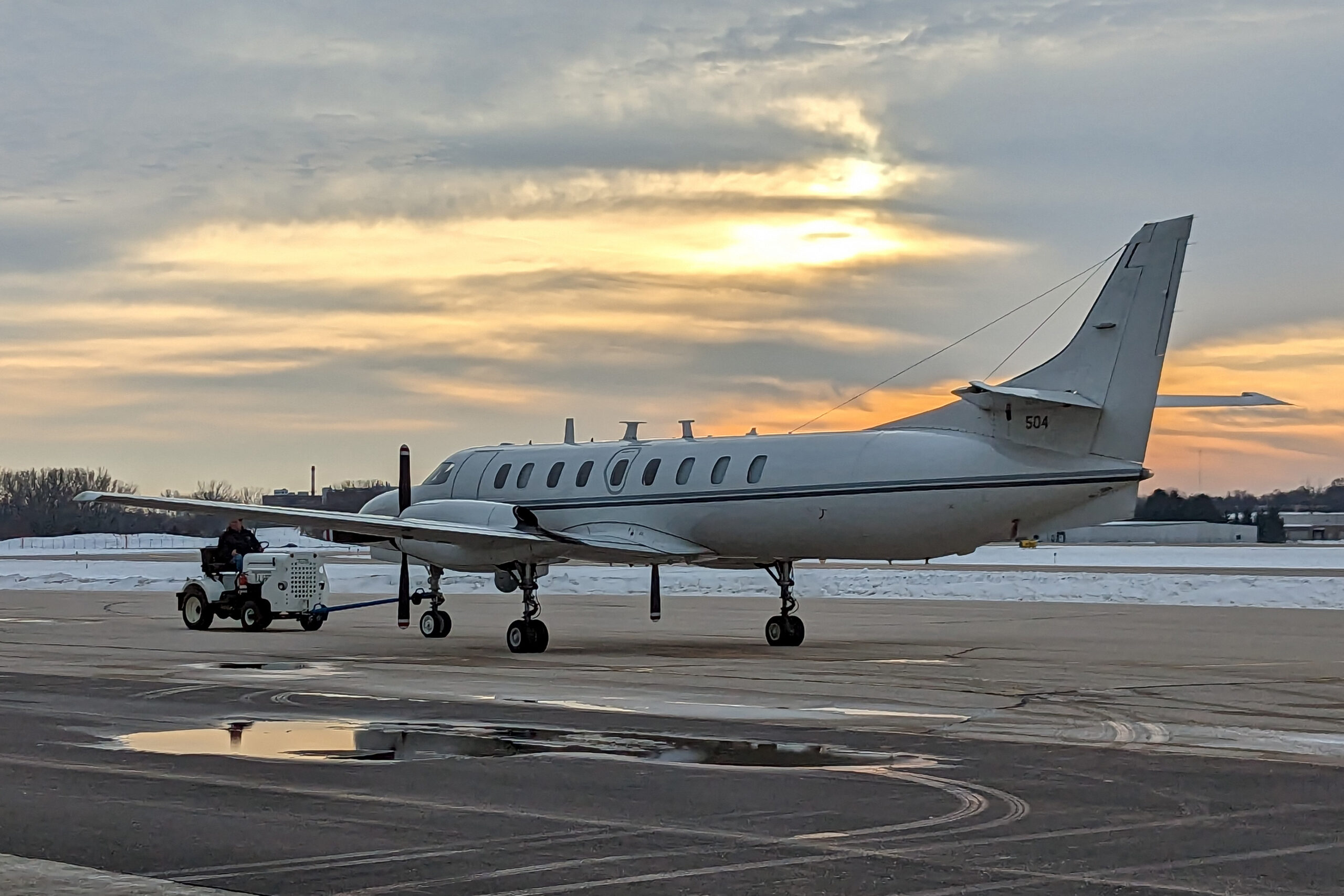
With all this in mind, it’s hardly surprising that plans to retire the RC-26B were strongly opposed in many quarters.
RC-26 pilot Lt. Col. Kinzinger, also a Republican member of the U.S. House of Representatives from Illinois, was among the most prominent voices against cutting the Condor fleet.
“Law enforcement lives have been saved by having this asset available,” Kinzinger told CNN last November. “We’ve been saving it every year piecemeal.”
In particular, CNN reported that the RC-26B fleet had helped take tens of thousands of illegal fentanyl pills off the streets in one month alone last year, indicative of the very real role the aircraft had in tackling the opioid crisis.
Time has now finally caught up with the RC-26B, which did not survive beyond 2022. It remains to be seen what the longer-term effects will be on counter-drug operations, but judging by available accounts, the retirement of this little-known and highly versatile asset will be keenly felt by law-enforcement and disaster-response agencies alike.
Contact the author: thomas@thedrive.com
